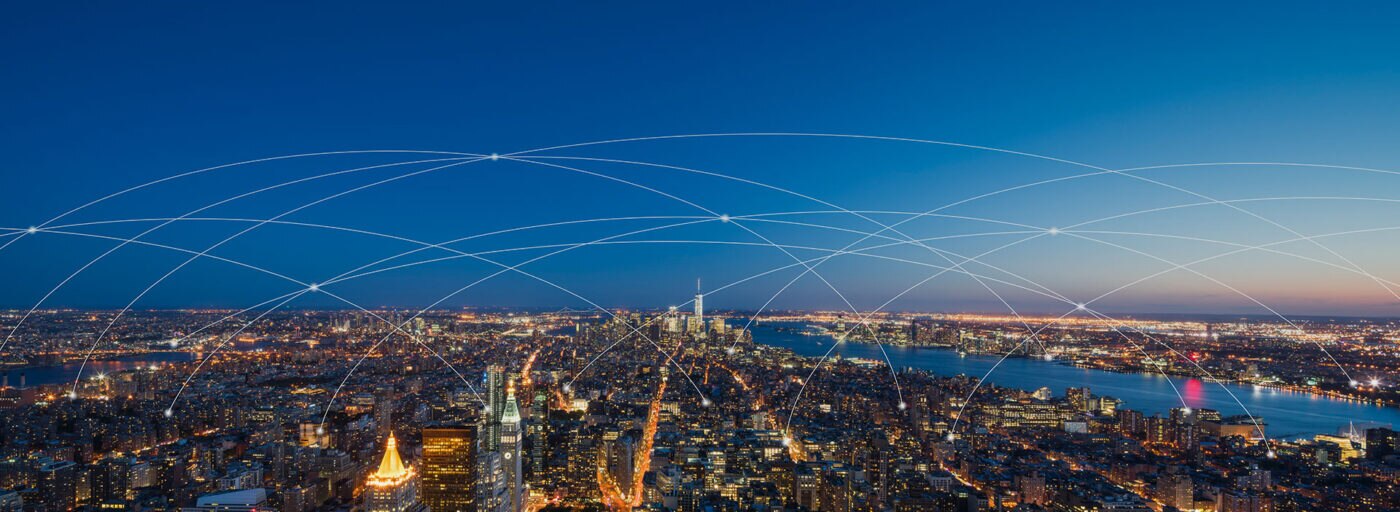Arm, VIVOTEK Partner to Take Video Surveillance as a Service to the Next Level

Imagine you’re a retailer and you’re trying to unlock value from the video data you capture so you can better serve your customers and optimize your business processes. You analyze video data from in-store cameras and determine that you need to restock your oranges around noon every day because most people buy them between 9-11 a.m. Then you further realize that a lot of your customers – anonymized in the video data for privacy reasons – also buy peanuts during the same shopping trip. You use this video data to change your product placement and delight your customers.
Getting business intelligence is just one of many benefits AI analytics deliver through network cameras. For example, advantages such as detection, deterrence, authentication, and categorization also can be leveraged from camera data. However, in standalone camera configuration – which is prevalent today – insights collection, archiving, and searching are non-trivial, not to mention the model optimization of analytics algorithms. Enter video surveillance-as-a-service (VSaaS). VSaaS configuration addresses these challenges, and is the best architecture for the deployment of AI analytics-based smart cameras to date.
VSaaS is the provision of video recording, storage, remote management and cybersecurity in the mix of on-premises cameras and cloud-based video-management systems. Factors such as the need for real-time surveillance data analytics, increasing deployment of IP cameras, and technological advancements in cameras, storage, computing, and networking are driving adoption of VSaaS. Users can benefit from system scalability, remote access to surveillance data of multiple sites, automated AI analytics, and integration with other applications with VSaaS deployments. These are just some of the reasons that the VSaaS market is expected to reach $132 billion by 2027, according to Transparency Market Research.
While much of the coverage around potential VSaaS applications focuses on security, the possibilities extend far beyond our traditional understanding of “security.” Think about cameras that might be able to detect objects forgotten in the park or other public domains and then trigger notifications for the owners. Think about in-home cameras meant to detect and report issues with elderly remote-healthcare patients. Or – back to the retailer – data analytics that lead a company to change its store layout to improve foot-traffic flow and provide a better customer experience.
Democratizing design
Why are we set for an explosion in VSaaS? In short, because technological and design flexibility have coalesced to create a perfect storm for increased innovation that will spark VSaaS growth.
Just a few years ago, a customer would make a one-time purchase of cameras, video recorders, monitoring software from a system integrator. All the cameras in a location had to be physically connected to a central recording unit, network video recorder (NVR) through ethernet cables. NVRs provided the interface for building owners to view the surveillance footage from different cameras.
Adding new cameras to increase the security coverage was cumbersome because newer newer sets of cameras needed to be wired to the central NVRs, and it wasn’t practical to perform any software updates on these cameras.
The advent of VSaaS has vastly simplified this process. Firstly, on the business side, there is minimal upfront infrastructure fees. Customers pay a monthly fee based on the number of cameras and the features they would like to use. Secondly, these cameras are connected directly to either private cloud or public cloud services, which eliminates the need for complex network configuration.
Rather than time-consuming installation, calibration, networking and configuration among cameras, NVRs, and other hardware and software, the VSaaS business model offers customers flexibility to add and remove cameras easily. Before a camera is installed, all customers need to do is sign up for the user account on a smartphone app, scan a QR code attached to the camera, and the camera will automatically connect to the cloud, provision itself, start recording and get ready to be managed. Video streaming is automatically available via the app after the camera is powered on. Consequently, labor expenses can be reduced significantly.
VSaaS also serves as an easy way to be able to use the captured video data – with the permission of the end user – to train the neural network models, thus improving the accuracy of the machine learning models for surveillance and security use cases.
1+1>2
Arm and VIVOTEK have partnered to help drive growth in VSaaS through a compute-efficient, scalable approach to system design. VIVOTEK is leveraging Arm-based technology across its network camera lineup to deliver more AI-enabled analytics to its customers. VIVOTEK’s VORTEX smart cameras, designed for optimal performance in VSaaS, are equipped with a computer vision SoC, enabling them to run various AI analytics to detect behaviors potentially detrimental to safety or security such as intrusion, line crossing, loitering, and more. The main benefit of analytics within the camera is anomaly detection in real-time with a variety of applications, which are crucial to surveillance use cases. Secondly, the total cost of ownership can be reduced thanks to the VSaaS architecture: No need for installations of on-premise network video recorders (NVRs), which, bundled with high-volume memory and hard disks, can minimize users’ upfront investments. The direct communication between on-edge smart cameras and the cloud management console maximizes the flexibility of adoption.
All VIVOTEK VORTEX smart cameras use deep learning technology so that the algorithm will continuously refine detection accuracy from false alarms. This reduces effort for remote management and enhances monitoring and search efficiency on multi-sites.
Leveraging power-efficient Arm-based computing will help lessen traditional system-design tradeoffs that have stymied the growth of the industry to date. For instance, the amount of AI analytics and machine learning workloads running on on-premises smart cameras can cut deeply into the processing budget. Moreover, only 10W or less of total power consumption is allowed by a typical SoC-plus-DRAM design. In addition, more functions are being integrated into these systems, such as ACaaS (access control-as-a-service). This requires multi-protocol and gateway-like devices to control and host the authentication and access. It also highlights the importance of security. Arm provides robust hardware and software security mechanisms, like TrustZone, PARSEC, and encryptions, which deter data leakages and vulnerabilities to a great extent and facilitate the safety of data transmission from on-premises to the cloud backup.
SoCs are crucial components in the expansion of the VSaaS market to deliver computer vision, AI analytics, and image quality, as well as the security on-premises. Arm technology offers designers a wide array of IP to create SoCs suitable for AI analytics, which are both cost-effective and power efficient. This helps us make our products safer and secure.
For more details, please visit VIVOTEK’s website or LinkedIn page.
Any re-use permitted for informational and non-commercial or personal use only.












